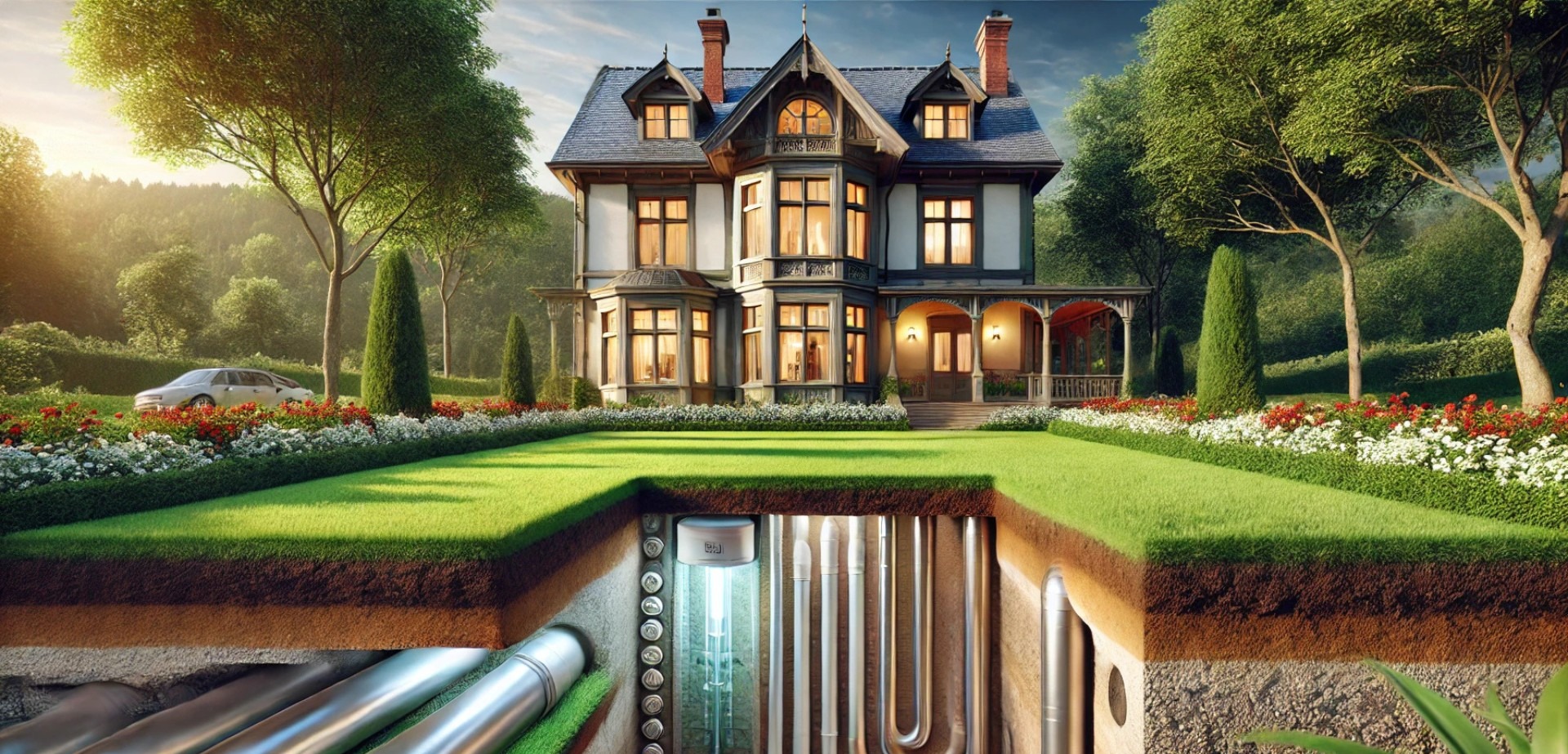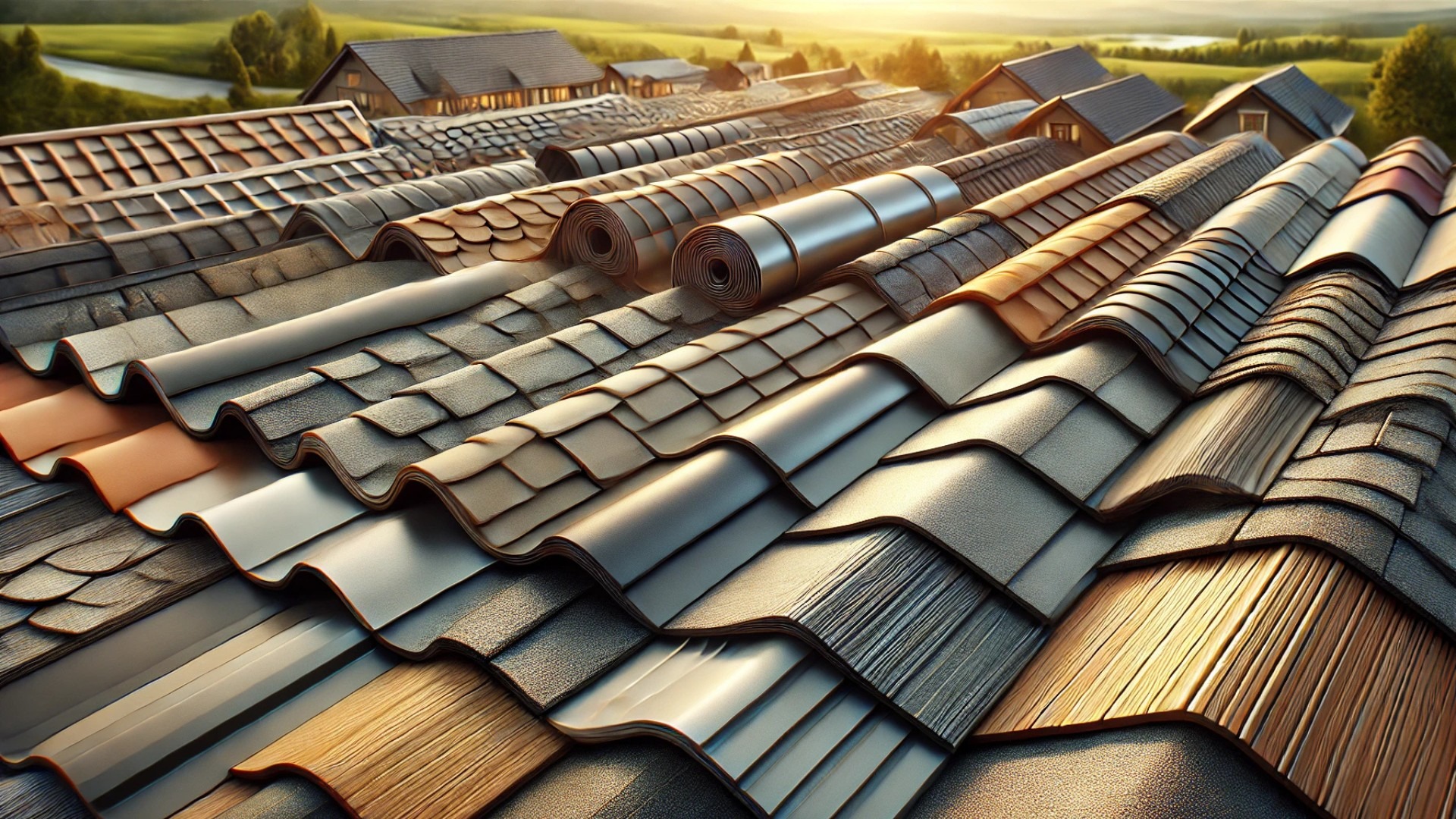
Is a Geothermal Heat Pump the Right Fit for Your Historic Home?
For homeowners with an eye for both elegance and sustainability, a geothermal heat pump presents a unique opportunity to enhance comfort while retaining the architectural integrity of older properties. By utilizing the Earth's natural energy, these systems function efficiently to provide heating and cooling, but are they a wise investment for your historic residence?
Understanding Geothermal Heating and Cooling
Geothermal systems operate by harnessing the Earth's stable underground temperatures, generally around 50°F to 60°F, to regulate indoor climates. This process is achieved via a network of underground pipes—known as ground loops—that circulate liquid to draw heat from or deposit it into the earth depending on the season. The U.S. Department of Energy points out that these systems can reduce energy costs by a staggering 70%, leading many homeowners to consider them as a means to cut expenses while contributing to environmental sustainability.
Space Requirements: What You Need to Know
When pondering a geothermal installation, understanding your property's specifics is crucial. Horizontal loop systems need more land space, typically requiring around ¼ to ¾ of an acre, while vertical loops, although more suitable for small lots, demand deep drilling—often 150 to 400 feet underground. For those with access to water bodies, pond installations can be a less disruptive and less costly option. However, one must evaluate whether these systems complement the existing landscape without compromising the aesthetics of historic architecture.
The Pros and Cons of Geothermal Systems
While geothermal heat pumps offer substantial benefits like lower energy bills and reduced carbon footprints, it’s vital to weigh these against their initial installation costs, which can range anywhere from $10,000 to $30,000. With financial incentives such as tax credits and rebates becoming more accessible, this investment can lead to significant savings over time, often within 5 to 10 years post-installation.
The Long-Term Commitment: Maintenance and Efficiency
An important aspect of geothermal systems is their low maintenance requirements compared to traditional HVAC options, which often necessitate frequent repairs and replacements. A geothermal heat pump, when properly maintained, can operate for over 25 years, establishing itself as a reliable long-term solution for homeowners focused on sustainability and energy efficiency.
Real-Life Transformations: Success Stories Worth Noting
Homeowners across the country have embraced geothermal technology with resounding success. Take the story of Emily from Texas, who dramatically slashed her summer cooling costs by $1,500 after switching systems. Such testimonials underline the potential of these installations to not only enhance living comfort but also promote environmental stewardship.
Deciding If Geothermal Heating Is Right for You
As you consider the transformation to a geothermal heat pump, take into account your property’s unique characteristics, budget, and long-term goals. Engage a certified geothermal contractor for a detailed site evaluation, including a “Manual J” calculation of your heating and cooling loads. This invaluable insight ensures the system you choose will function optimally within your home’s specific framework.
Ultimately, investing in a geothermal heat pump is not just about reducing energy costs; it’s about curating a harmonious blend of comfort, sustainability, and respect for the distinct characteristics of your historic home. For those ready to make the leap, now is a prime time to explore what geothermal technology can do for you, enhancing both your living environment and the world around you.
 Add Row
Add Row  Add
Add 

 Add Row
Add Row  Add Element
Add Element 




Write A Comment